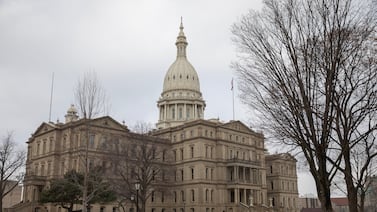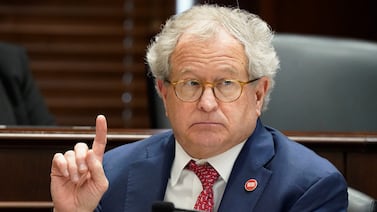In recent years, Indiana has seen a significant decrease in the number of high school students going to college. The Indiana high school class of 2020 saw a college-going rate of only 53%, which is 6 percentage points less than the previous year.
This trend impacts students of color and low-income households the most. Boys in high school also saw a sharp decrease in the college-going rate with just 46% compared to the college-going rate for girls remaining at 61%. We understand that behind these trends are deeply personal decisions being made by students and their families. If you are a recent high school graduate, we want to hear from you here at Chalkbeat.
You can respond to this form until Monday July 25, at the end of the day. You can also reach the reporter, Helen Rummel, directly at hrummel@chalkbeat.org or at (317) 737-9316. We’re always listening at community@chalkbeat.org.
If you are having trouble viewing this form on mobile, go here.






